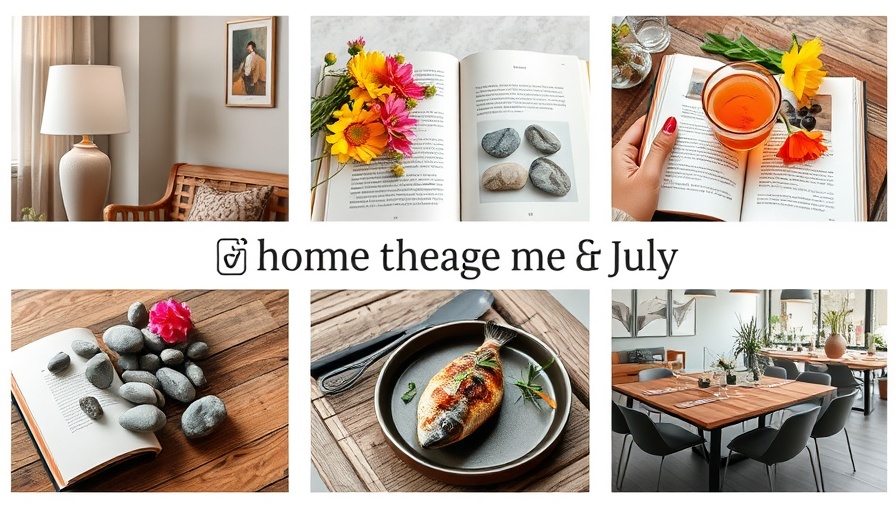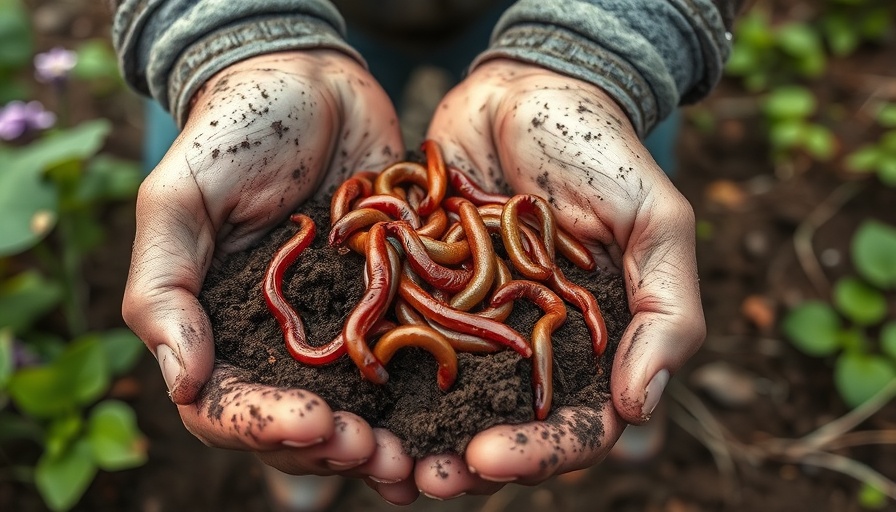
Unveiling the Allure of Container Gardening
Mette Krull’s garden, located on Denmark’s picturesque island of Funen, offers a refreshing perspective on container gardening. While the long summer days are a rarity, Mette makes the most of her outdoor space.
Mastering Plant Pairings
The beauty of Mette’s garden isn't just in the individual plants, but in how she pairs them. For instance, the long stalks of Physostegia virginiana harmoniously complement their host urn, showcasing an understanding of proportion and aesthetics. Each container tells a story, pulling together various plant shapes and sizes into cohesive mini-gardens.
Creating Spaces for Connection
Mette emphasizes the importance of communal spaces in her garden design. The terrace right off the kitchen plays a central role in their family life. "We spend a lot of time here relaxing with family and friends," she says, which speaks volumes about the significance of outdoor spaces in our lives.
Textural Focus over Color
Another compelling aspect of her approach is the prioritization of texture and scent over vibrant colors. This focus transforms her garden into a soothing retreat, inviting visitors to engage their senses beyond just sight. The collection of pelargoniums and mint serves as a great example of this philosophy in practice.
Embracing Local Flora
Mette permits plants often thought unsuitable for pots to thrive under her care. For instance, rhubarb and clematis flourish, challenging the traditional conventions of gardening. This not only demonstrates her expertise but also encourages gardeners to experiment with local flora.
A Call for Change in Gardening Norms
The way Mette integrates unconventional plants forces us to rethink gardening norms, especially in container gardening. Her success with plants that are typically resistant to pots suggests that through creativity and care, any space can become a thriving environment for various plant life.
Inspiration for Aspiring Gardeners
Mette’s journey on Instagram (@krullskrukker) inspires aspiring gardeners to put their own spin on container gardening. It's a reminder that gardening is not just a hobby but a way to express individuality and creativity. Through her lens, we see the magic that can happen when passion meets practicality.
Bridging the Gap Between Indoors and Outdoors
In her garden, Mette embodies the idea of bridging indoor comfort with outdoor experiences. By positioning pots and plants around the house's entrances and outdoor living areas, she creates an inviting atmosphere that encourages interaction with nature.
Join the Movement for a Greener Space
If Mette’s approach resonates with you, consider embracing container gardening in your own home. Explore different plant pairings, challenge the norms of traditional gardening, and create inviting outdoor spaces. Not only does this foster a connection with nature, but it also enhances the beauty of your home.
 Add Row
Add Row  Add
Add 




Write A Comment